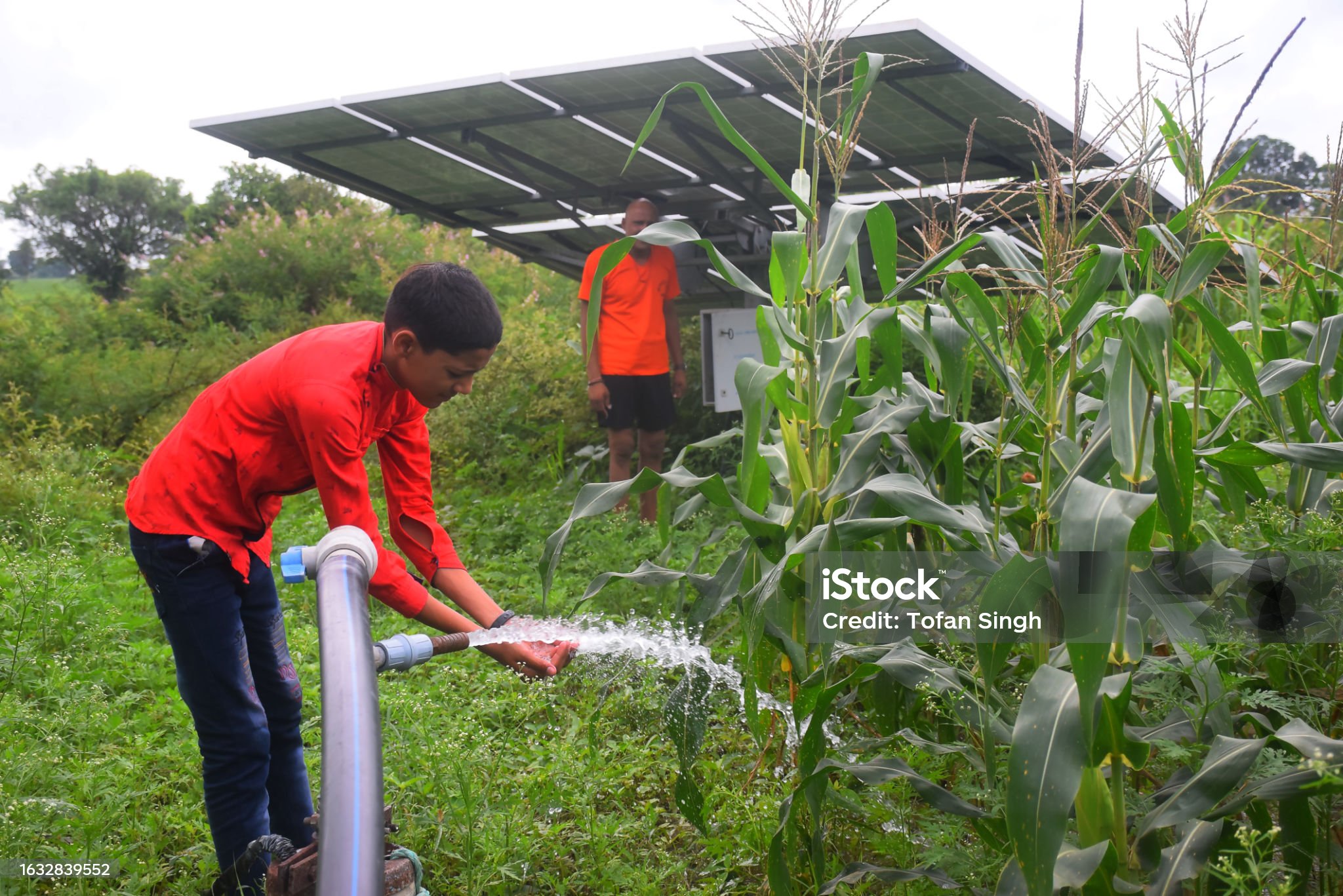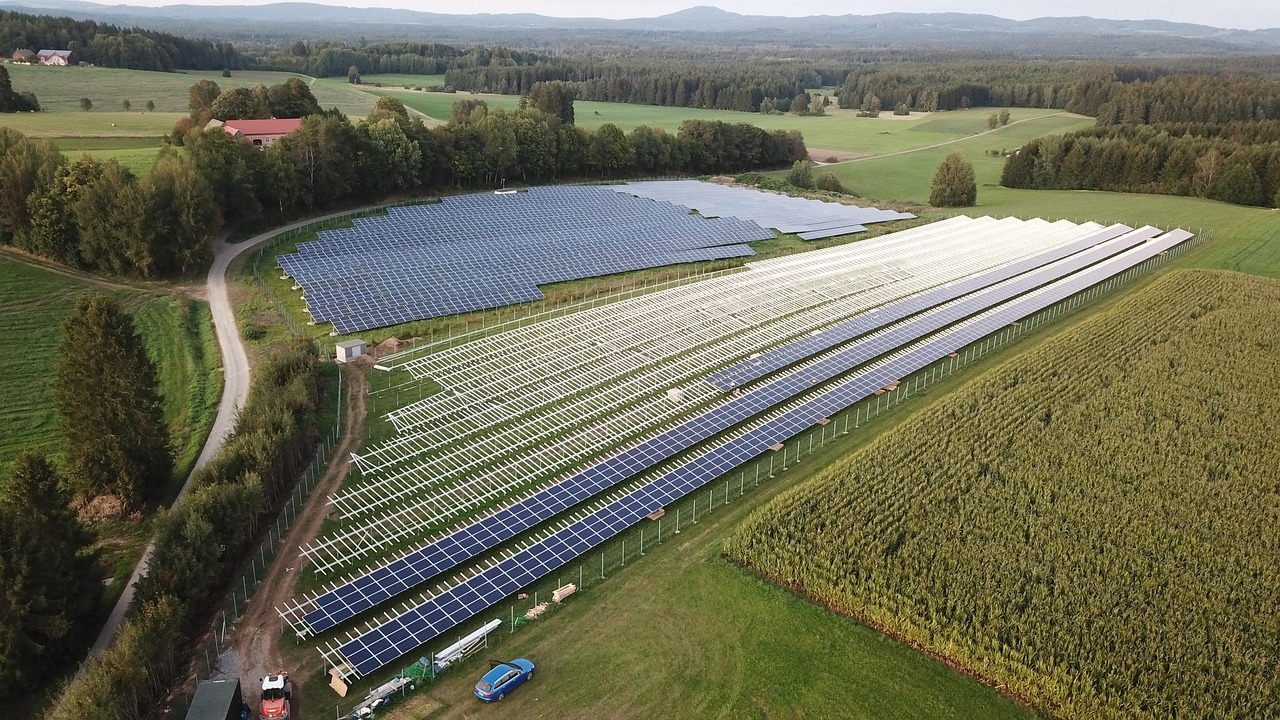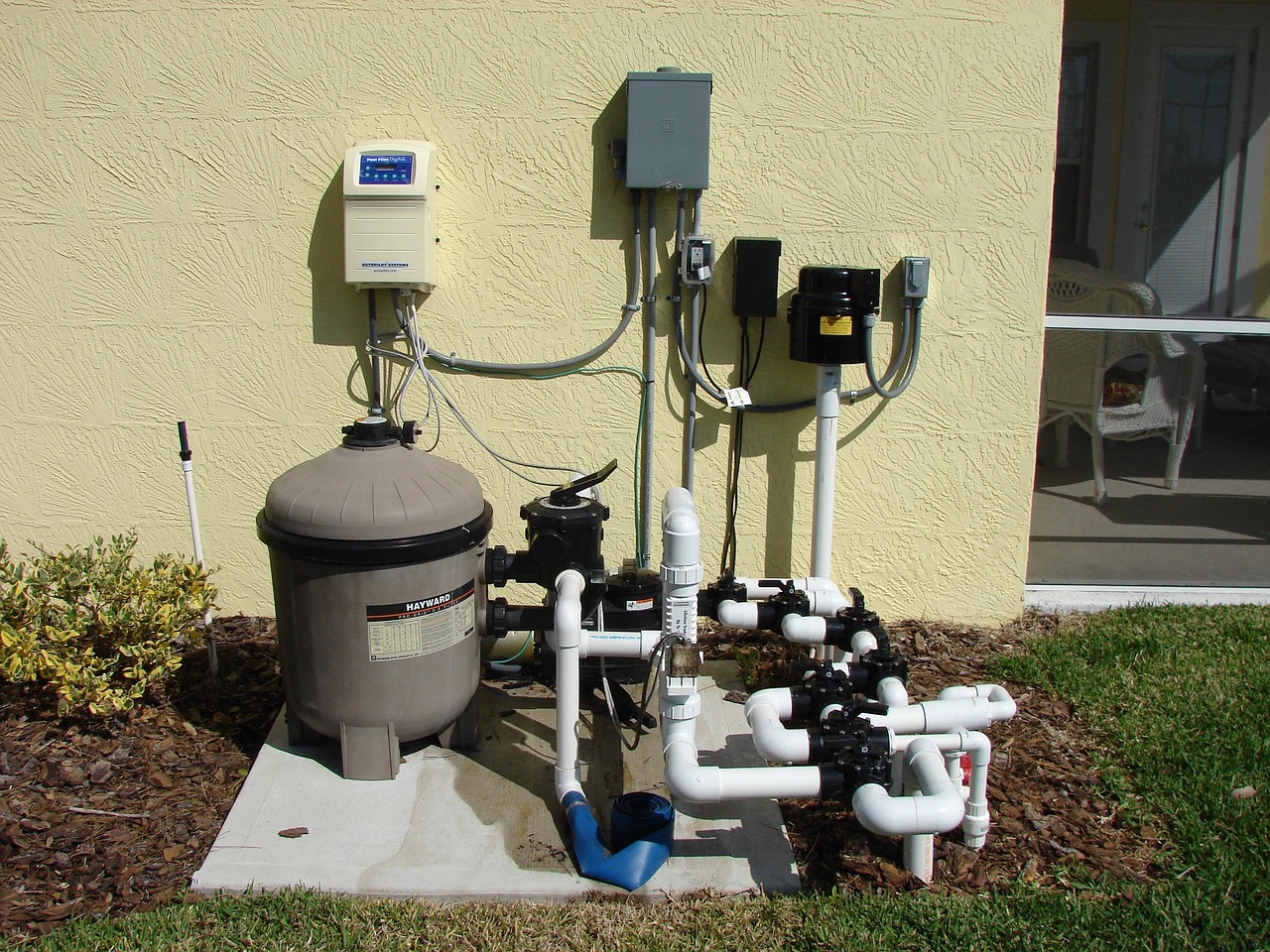Industry News
National Energy Administration's New Standards: Driving Energy Transition, Benefitting PV Industry
Times:2025-07-14 Views:131
Recently, the National Energy Administration has centrally released a series of key industry standards, focusing on ensuring energy security, promoting green and low-carbon transformation, and fostering the development of new technologies, industries, and business models. The implementation of these standards not only points the direction for China's future energy development but also provides clear market regulations and development opportunities for cutting-edge technological products like the HBDTECH PV550 solar inverter.
I. Leading the Development of New Energy Technologies, Industries, and Business Models, with PV550 Riding the Wave
In leading the development of new energy technologies, industries, and business models, the National Energy Administration has issued several crucial standards:
-
"Technical Regulations for Grid Connection of Distributed Synchronous Condensers": This standard aims to regulate the grid connection principles and technical requirements for distributed synchronous condensers, supporting the development and safe operation of large-scale new energy bases in "desert, Gobi, and barren lands." For the HBDTECH PV550 solar inverter, which plays a central role in distributed photovoltaic systems, this standard helps ensure the stability and compatibility of distributed PV system grid connections. It provides technical assurance for the efficient and safe operation of inverters like the PV550 within the power grid.
-
"Economic Evaluation Specification for Multi-Energy Complementary Projects": This standard fills a gap in China's multi-energy complementary project economic evaluation norms, enhancing the scientific level of project decision-making. In multi-energy complementary projects, photovoltaic power generation is an indispensable component. The high efficiency and reliability of the HBDTECH PV550 solar inverter will help improve the overall economic benefits of multi-energy complementary projects, giving them a greater advantage in evaluations.

-
"Technical Specification for Grid Connection Acceptance of Electrochemical Energy Storage Power Stations": This standard regulates the grid connection acceptance procedures for electrochemical energy storage power stations, contributing to improved safety and stable operation. As the integration of energy storage with photovoltaics becomes a trend, the integration capability of the HBDTECH PV550 solar inverter with energy storage systems becomes particularly important. This standard will guide the acceptance of integrated PV-storage projects, ensuring that the energy storage systems connected to PV550 meet safety and operational requirements.
-
"Design Specification for Underground Gas Storage Caverns of Compressed Air Energy Storage Power Stations" and "Design Specification for Compressed Air Energy Storage Power Stations": These two standards fill gaps in the compressed air energy storage field. Although less directly related, they reflect the nation's emphasis on diversified energy storage technologies, signaling future increased demands on grid flexibility and stability. This will indirectly promote the demand for stable, efficient photovoltaic power generation systems supported by products like the HBDTECH PV550.
-
"Communication Terminals for Coal Mine 5G Communication Systems" and "Coal Mine Underground Inspection Robots": These standards promote the application of 5G and robotics in intelligent coal mines. Although not directly involving solar inverters, they embody the trend of industrial intelligence and digital transformation, where highly reliable, intelligent energy equipment (such as the PV550) forms the cornerstone of such successful transformations.
III. Standardizing Energy Engineering Technical Management Requirements, Boosting PV550 Project Quality
In standardizing energy engineering technical management, the following standards are closely related to the practical application of the HBDTECH PV550 solar inverter:
-
"Quality Evaluation Specification for Household Photovoltaic Power Generation System Projects": This applies to household photovoltaic power generation system projects connected at 380V/220V voltage levels. As a core component of household PV systems, the installation and operational quality of the HBDTECH PV550 solar inverter directly impacts the evaluation of the entire system. This standard provides clear quality evaluation criteria for installers and users of PV550, helping to ensure the high-standard delivery of HBDTECH products in practical applications. With its reliable performance and user-friendly design, the PV550 can better meet or even exceed the requirements of this standard, thereby enhancing the overall quality of household photovoltaic projects.

-
"Technical Specification for Heat Supply by Pressurized Water Reactor Nuclear Power Units", "General Requirements for Port Shore Power System Construction Specification", "General Technical Conditions for Hydraulic Drilling Rigs for Coal Mines", "General Technical Conditions for Pneumatic Drilling Rigs for Coal Mines", "Energy Efficiency Limit and Energy Efficiency Grade for Flameproof Three-Phase Asynchronous Motors for Coal Mines", and "Design and Construction Specification for Coal Seam Hydraulic Fracturing in Coal Mines": These standards cover various fields such as nuclear power, port shore power, coal mining machinery, and gas extraction. While not directly related to solar inverters, they collectively form the improvement of the national energy standard system, reflecting a comprehensive upgrade in energy infrastructure construction and safe production. In this context, the HBDTECH PV550 solar inverter, as a key device for clean energy conversion, will integrate better into the future energy landscape with its high standards and performance.









